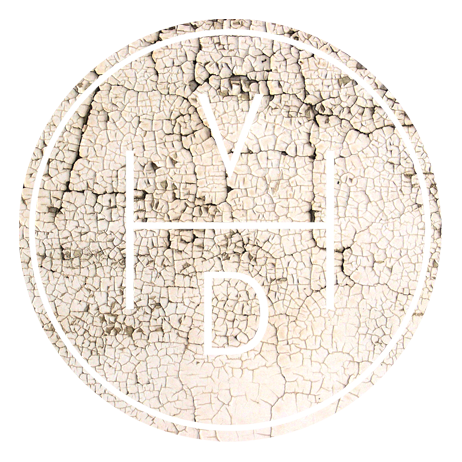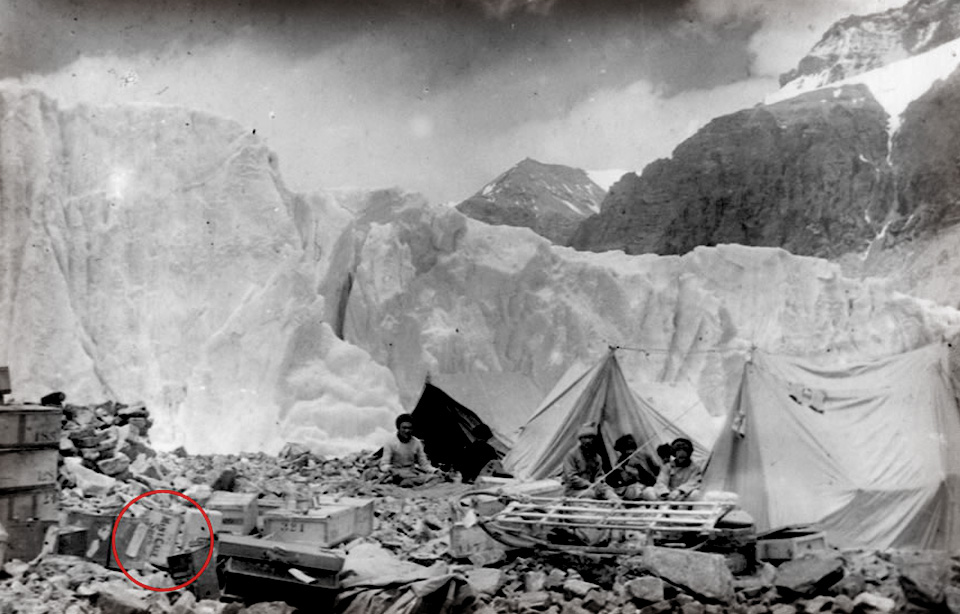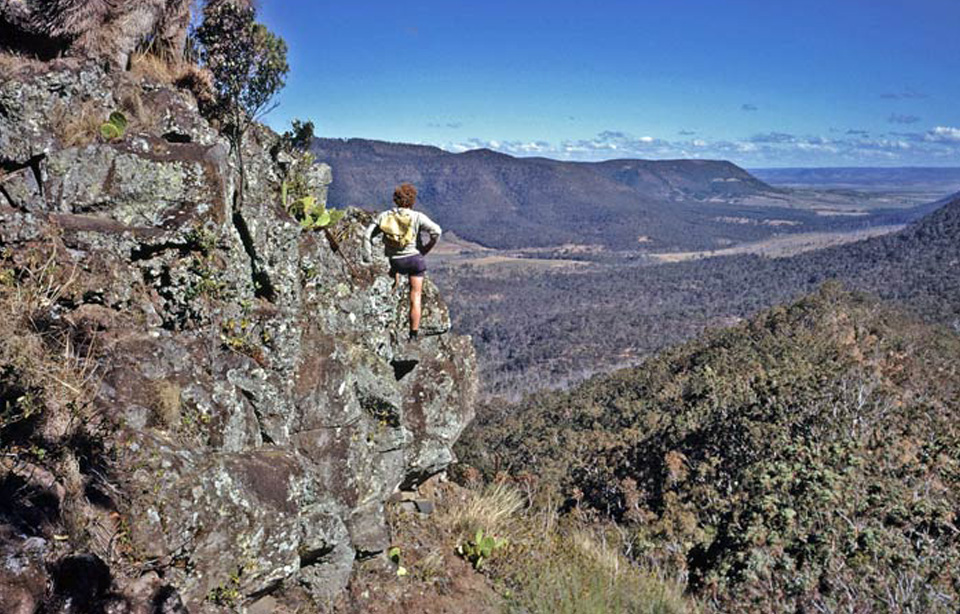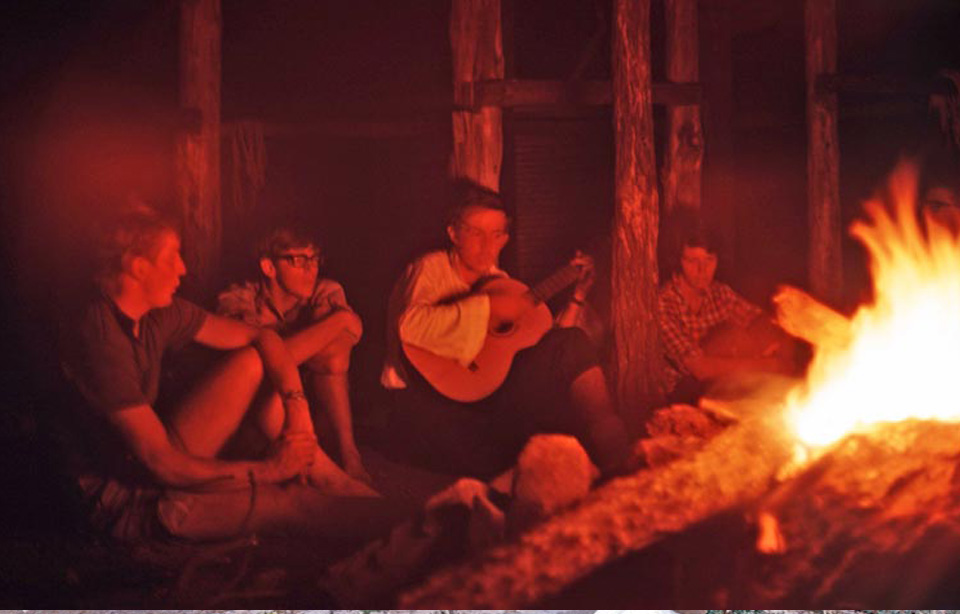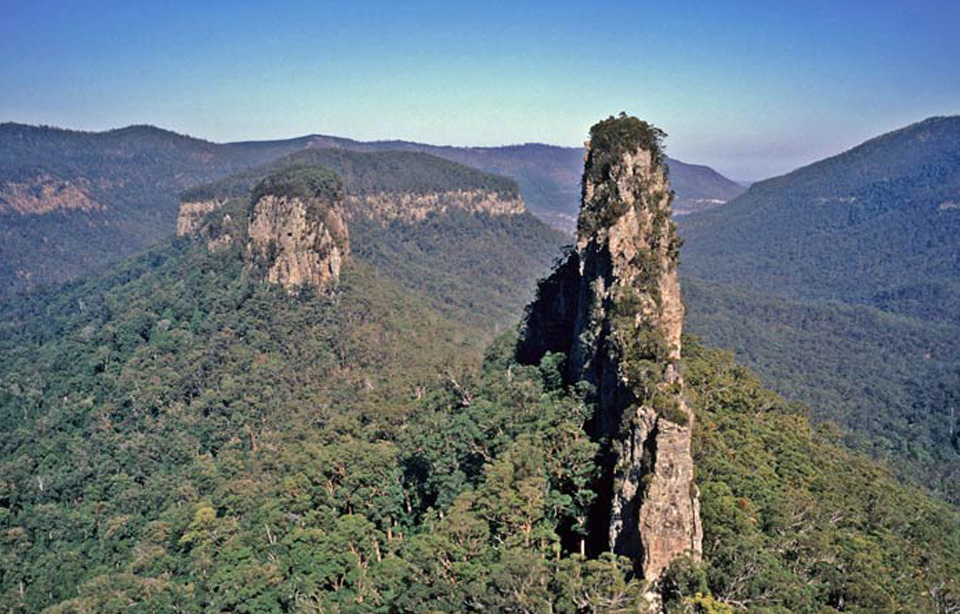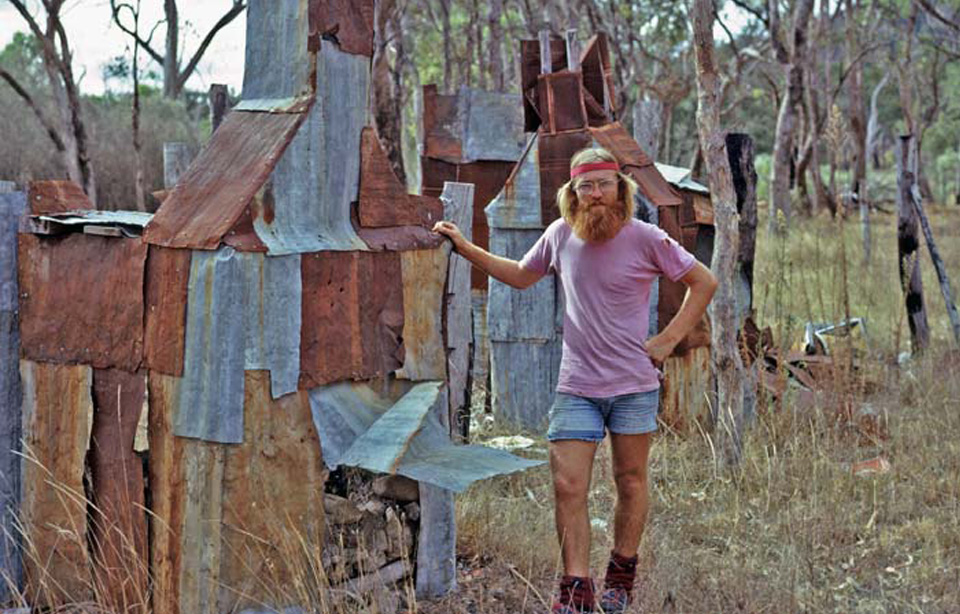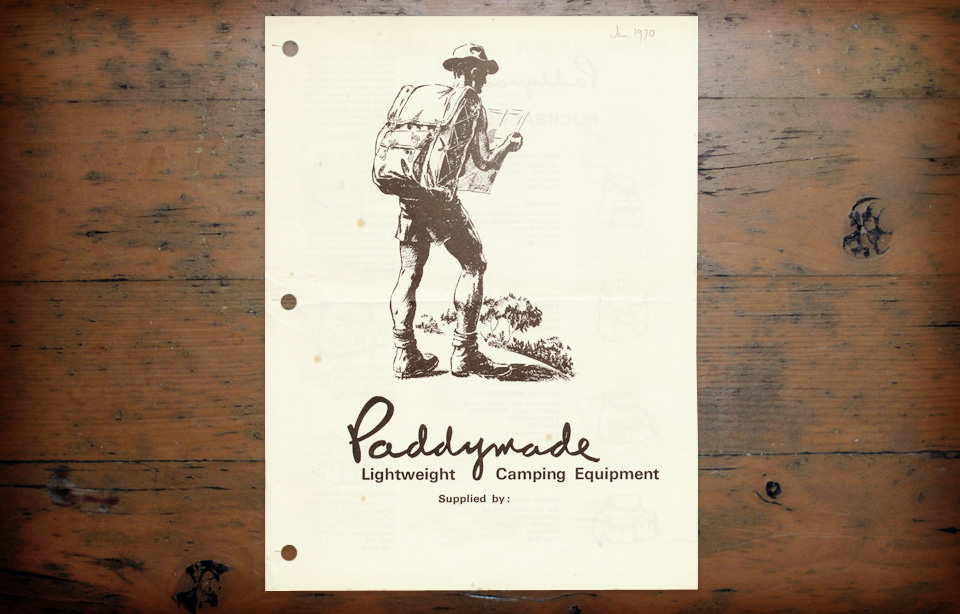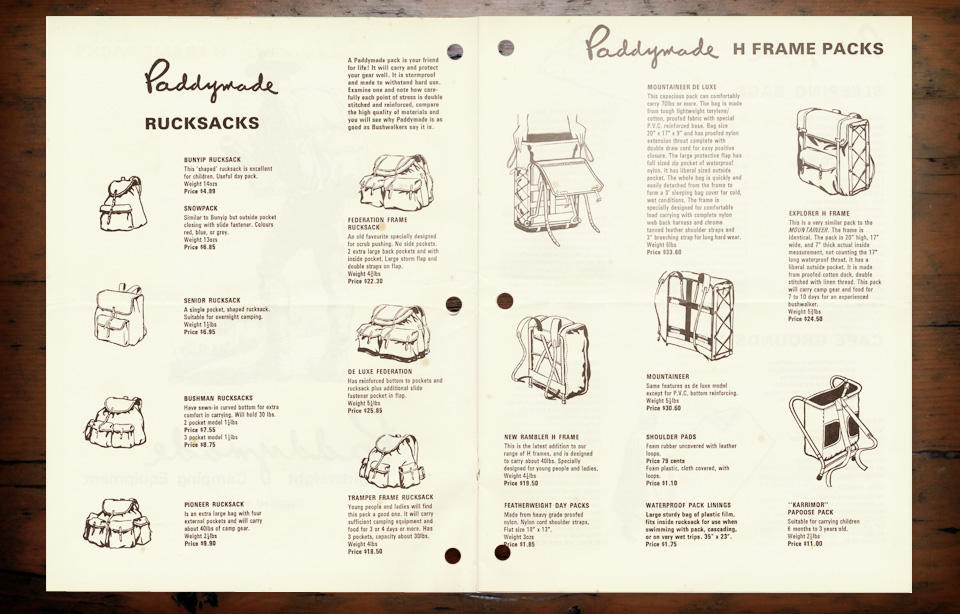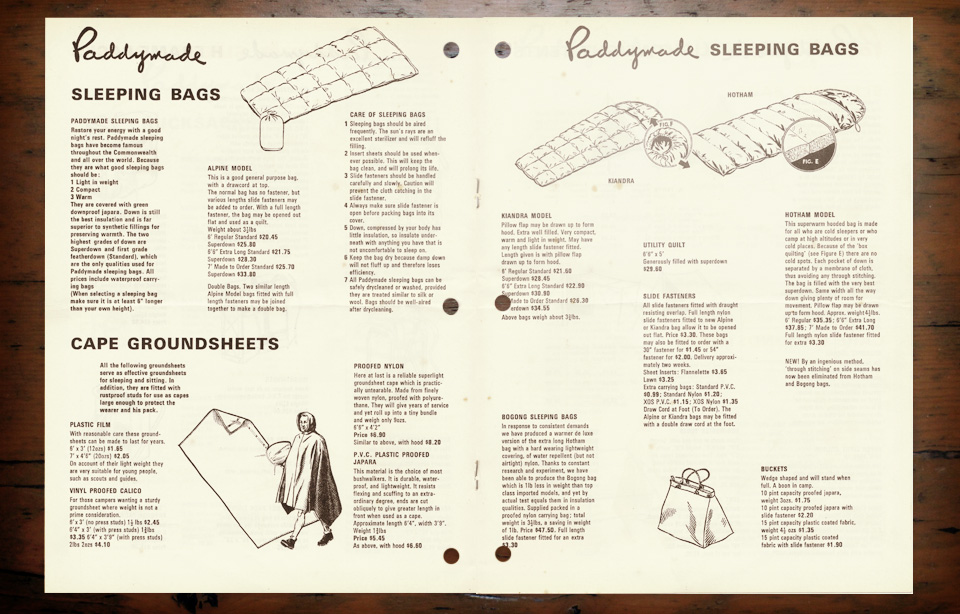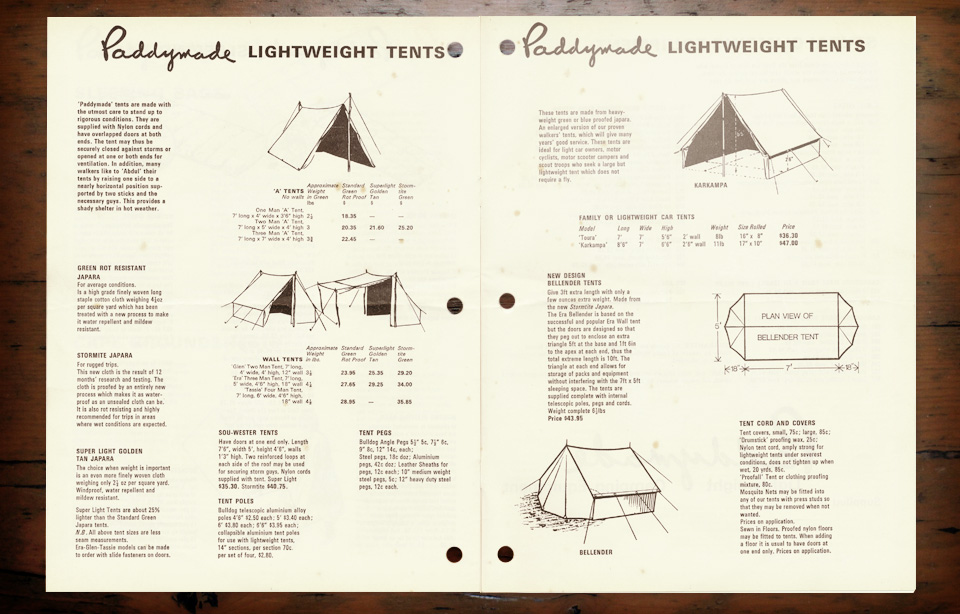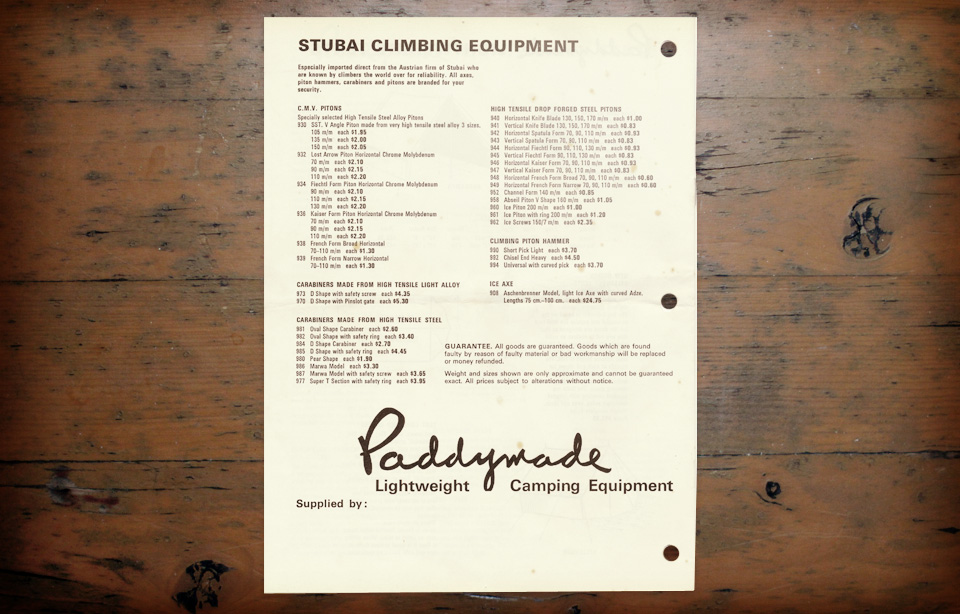Kendal Mint Cake on the 1924 Everest Expedition
Before there were Clif Bars, Larabars, Powerbars, Mulebars, GU, BumbleBars, Greens Energy Bars, Belly Timber Survival Energy Bars, Hammer Bars, Honey Stinger Energy Sachets and Rise Bars. Before there was dextrose and glucose tablets. Before there was Snickers and Mars Bars. Before there was even Hershey Bars and Cadburys Dairy Milk there was Kendal Mint Cake.
Kendal mint cake is a confectionary made from sugar, glucose and peppermint oil, prized by hikers, climbers and explorers alike for it's high energy content.
It's story is simply told. According to legend a confectioner named Joseph Wiper was attempting to make glacier mints, he took his eye off the cooking pan and when he returned the mixture had become cloudy and grainy. He poured and set the mixture anyway and the Kendal Mint Cake was born. He began making Wiper's Mint Cake in a small factory in Kendal.
Mount Ossa Attempt
Since its creation it has earned possibly the greatest resumé of any confectionary.
- Kendal mint cake boxes have been found in WWI trenches.
- Sir Ernest Shackleton stocked mint cake on his 1914-17 Trans-Antarctic Expedition aboard the "Endurance" and "Aurora."
- Grettir Algarsson stocked it when he led his North Polar Expedition attempt in 1925.
- It was also carried by the Cambridge Greenland Expedition as they tried to map the East Coast of the country in 1929
- 1931 saw it packed aboard the R.S.S "Discovery" for the British, Australian, New Zealand Antarctic Research expedition under the leadership of Sir Douglas Mawson.
- The R.S.S "Discovery II" also packed the treat on the British Antarctic Reasearch Expedition in 1931.
- The early British Mount Everest Expeditions all took Wiper's Mint Cake in their attempts in 1922, 1924, 1933 and 1935-6. It was said to be a favourite treat of George Mallory's.
- Romney's provided the mint cake for the successful 1954 Everest expedition. Edmund Hillary and Tenzing Norgay snacked on mint cake at the summit. Norgay is quoted on Romney's packaging "we sat on the snow and looked at the country far below us... we nibbled Kendal Mint Cake."
- British climber and writer Gwen Moffat spoke about eating mint cake in her 1961 book the "Space Between My Feet."
- According to the Mick Wall's book "When Giants Walked the Earth," Robert Plant and Jimmy Page shared mint cake after writing "That's the way."
- Sir Chris Bonington also snacked on Kendal Mint cake on his 1975 summit of Everest as well. He even had his own promotional bar made by Romney's and Berghaus.
- Colin Fletcher talked about his love for mint cake in "The Complete Walker" and "The New Complete Walker" he saved the energy laden sweet for days he was "pushing hard." Thanks canoe62 for the tip-off.
- It is included in the Irish Defence Force ration pack and in some menus of the British MOD ration packs.
- Ewan McGregor and Charley Boorman packed mint cake on their 2004 "Long Way Round" motorcycle expedition.
- The Vintage Hiking Depot author enjoyed mint cake on his failed attempt to summit Mt. Ossa, in Tasmania in 2008.
A lot of the information used was found at Stricklandgate House centre for voluntary organisations in South Lakeland. If you know of any more famous tales that should be added to Kendal Mint Cake's Resumé please feel free to contact me.
